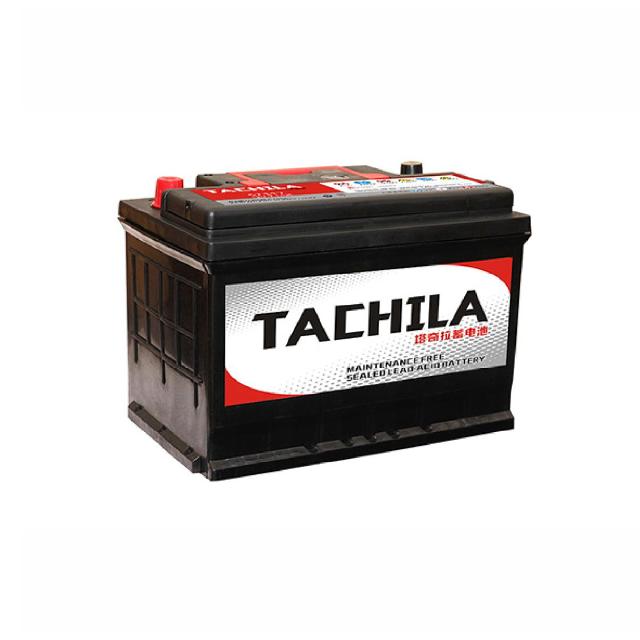Classification of automotive batteries
(1) Nickel cadmium battery
Nickel cadmium battery (Ni Cd) voltage: 1.2V Service life: 500 times Discharge temperature: - 20 ℃~60 ℃ Charging temperature: 0 ℃~45 ℃ Remarks: strong overcharge resistance.
(2) NiMH battery
Nickel metal hydride battery (Ni MH) voltage: 1.2V Service life: 1000 times Discharge temperature: - 10 ° C~45 ° C Charging temperature: 10 ° C~45 ° C Remarks: The current maximum capacity is about 2100mAh.

(3) Lithium polymer battery
Lithium polymer battery voltage: 3.7V, service life: 500 times, discharge temperature: - 20 ° C~60 ° C, charging temperature: 0 ° C~45 ° C. Remarks: the improved lithium battery has no battery solution, but uses polymer electrolyte, which can be made into various shapes and is more stable than lithium battery.
(4) Lead acid battery
Lead acid battery (Sealed) voltage: 2V, service life: 200~300 times, discharge temperature: 0 ° C~45 ° C, charging temperature: 0 ° C~45 ° C. Remarks: It is a general vehicle battery (it is made of 6 2V in series into 12V). The water free battery has a service life of up to 10 years, but its volume and weight are the largest.
(5) Lithium ion battery
Lithium ion battery (Li lon) voltage: 3.6V, service life: 500 times, discharge temperature: - 20 ° C~60 ° C, charging temperature: 0 ° C~45 ° C. Remarks: the weight is 30%~40% lighter than nickel metal hydride battery, and the capacity is more than 60% higher than nickel metal hydride battery. However, it is not resistant to overcharge. If it is overcharged, it will cause excessive temperature and damage the structure=>explosion.

 QQ
QQ